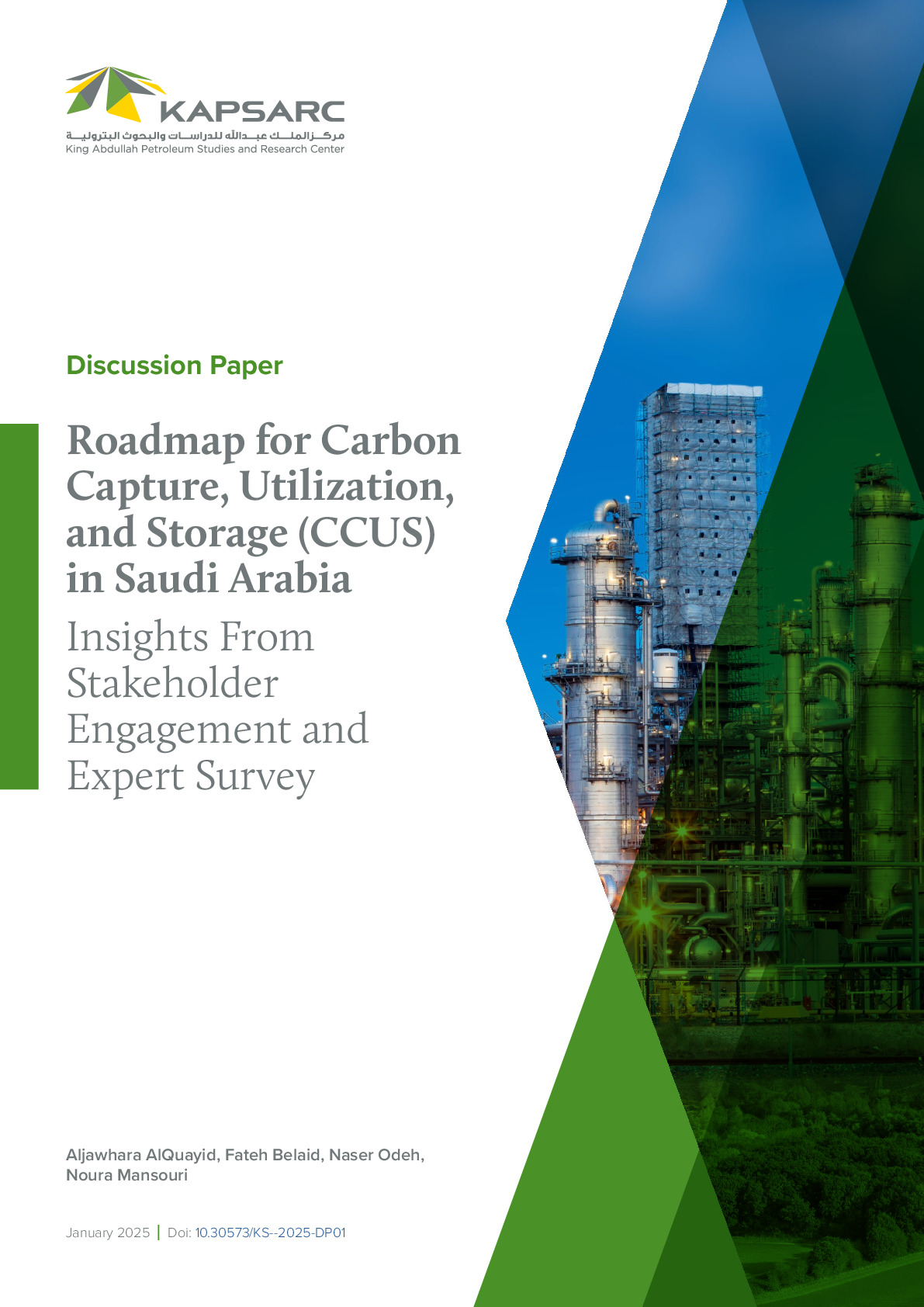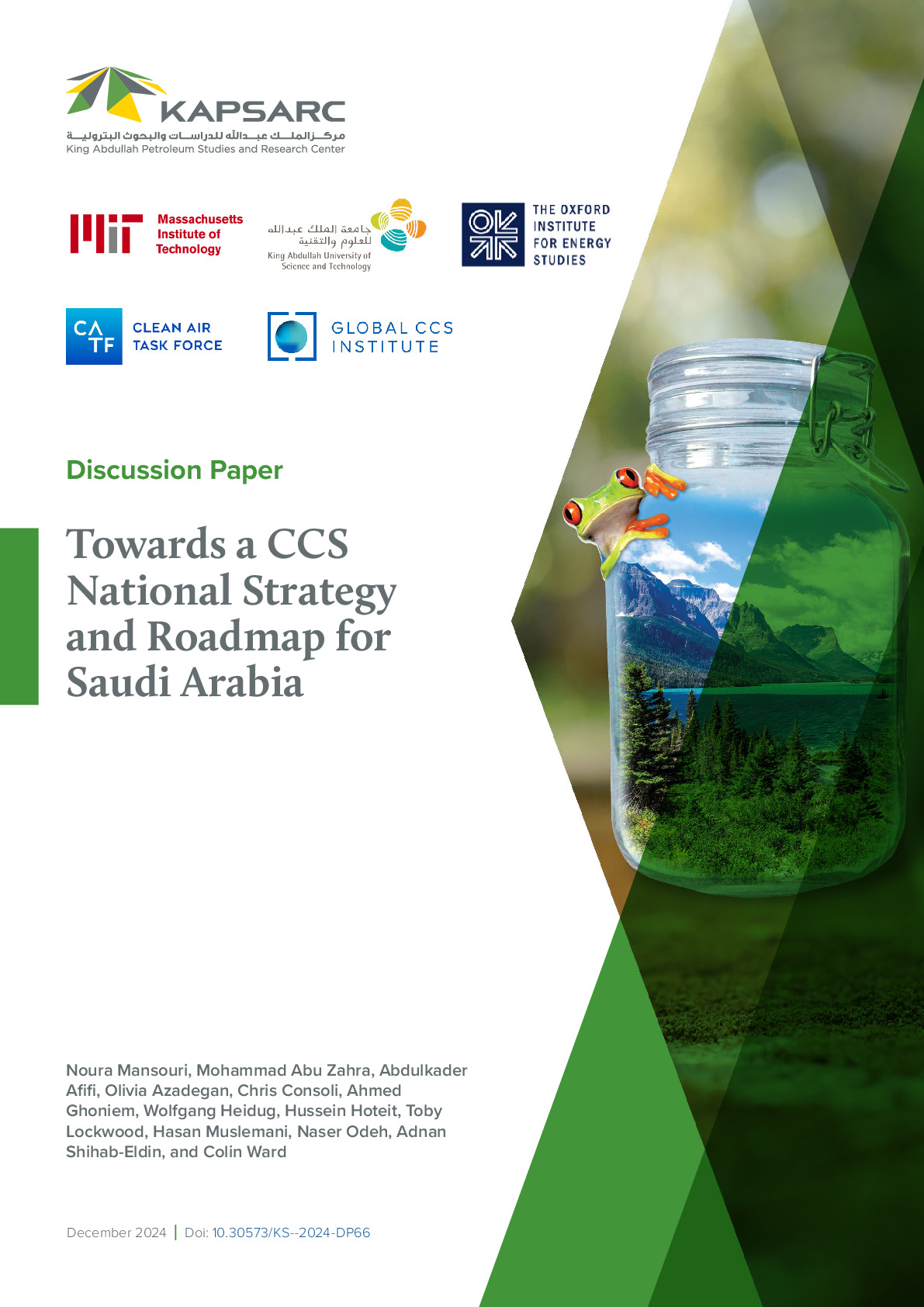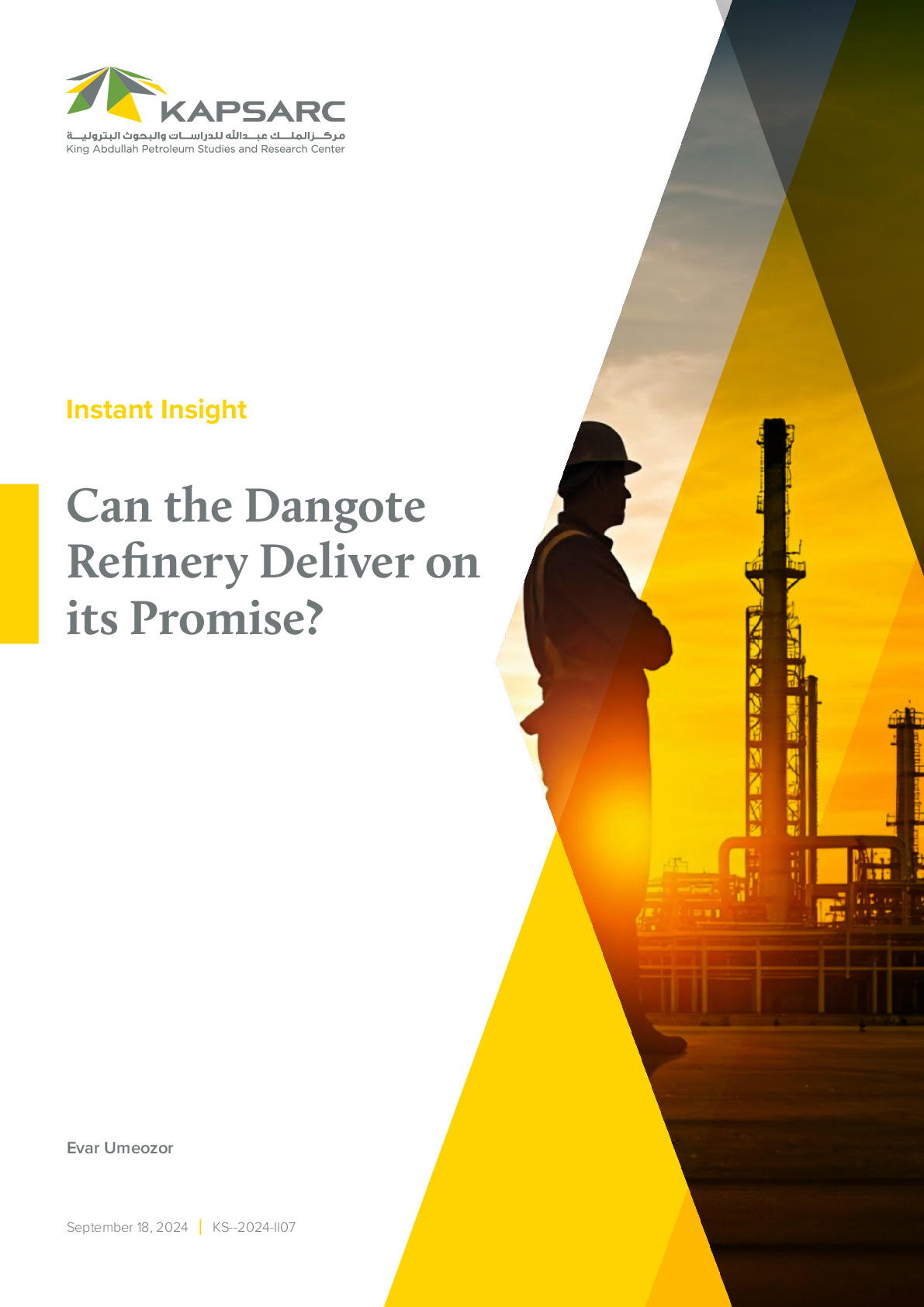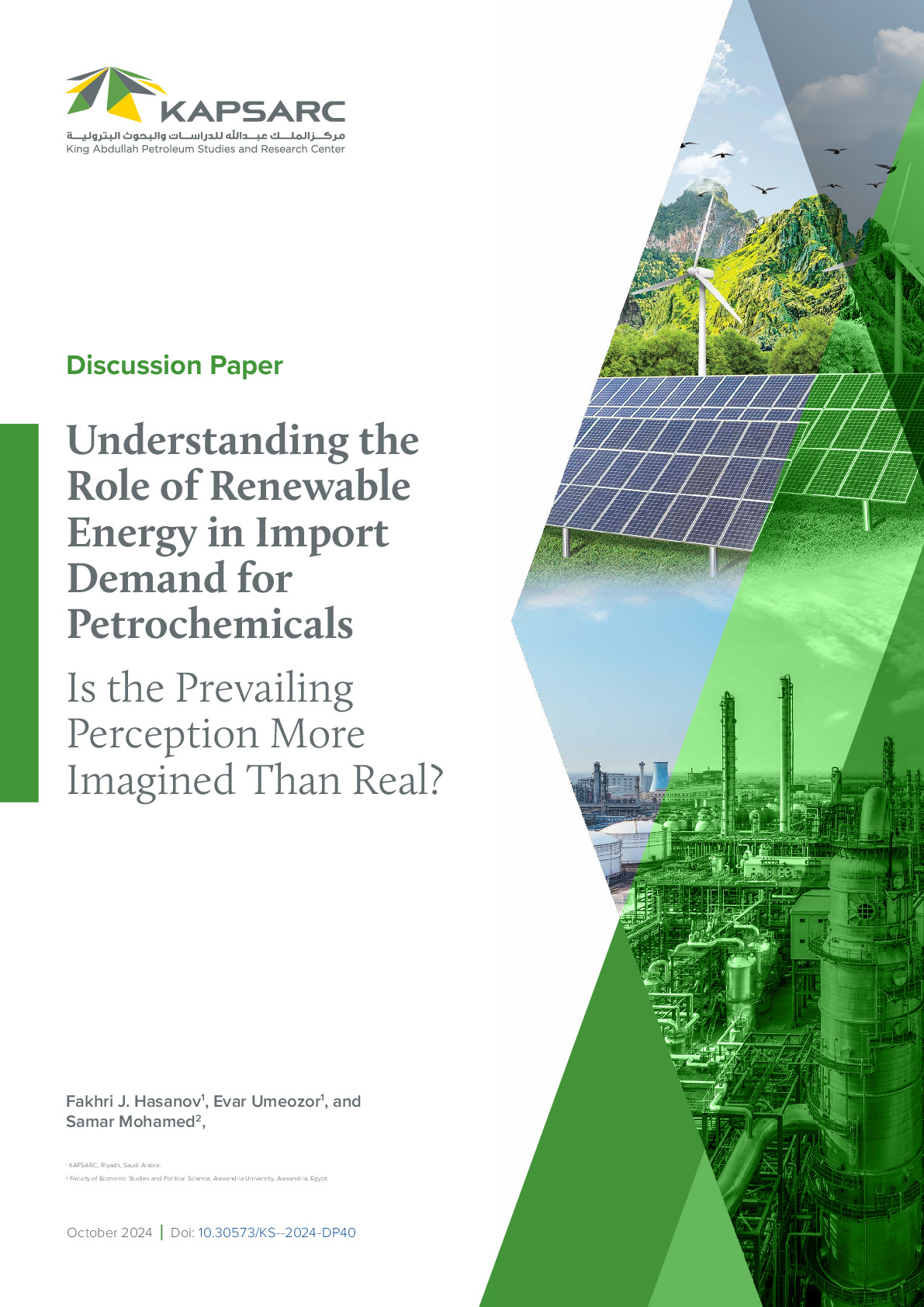Saudi Arabia has announced plans to cut greenhouse gas (GHG) emissions by 278 million tons of CO2 equivalent (CO2e). In this regard, this paper contributes a modeling view of the climate-related effects of various energy policies on the Saudi energy system. The baseline entails the continued progression of current domestic policies without energy price reform. We examine two main alternative scenarios: The announced policies scenario (APS) incorporates some of the plans that the Saudi government has announced. In the other scenario, we run the baseline scenario with a cap on total CO2 emissions equal to those displayed in the announced policies.

Principal Fellow- Oil & Gas
Walid works on modeling energy systems. He is developing or has developed the following components of the KAPSARC Energy Model…
Walid works on modeling energy systems. He is developing or has developed the following components of the KAPSARC Energy Model (KEM): electric power generation, oil refining, petrochemicals and fertilizers, cement production, and iron and steel. He is also working on a bottom-up residential electricity use framework that merges microeconomics with the physical laws governing electricity use.
Expertise
- Energy Systems Modeling
- Optimization
- Electricity Prices
- Energy Efficiency and the Interdisciplinary Connection Between Energy Economics and Engineering
Publications See all Walid Matar’s publications
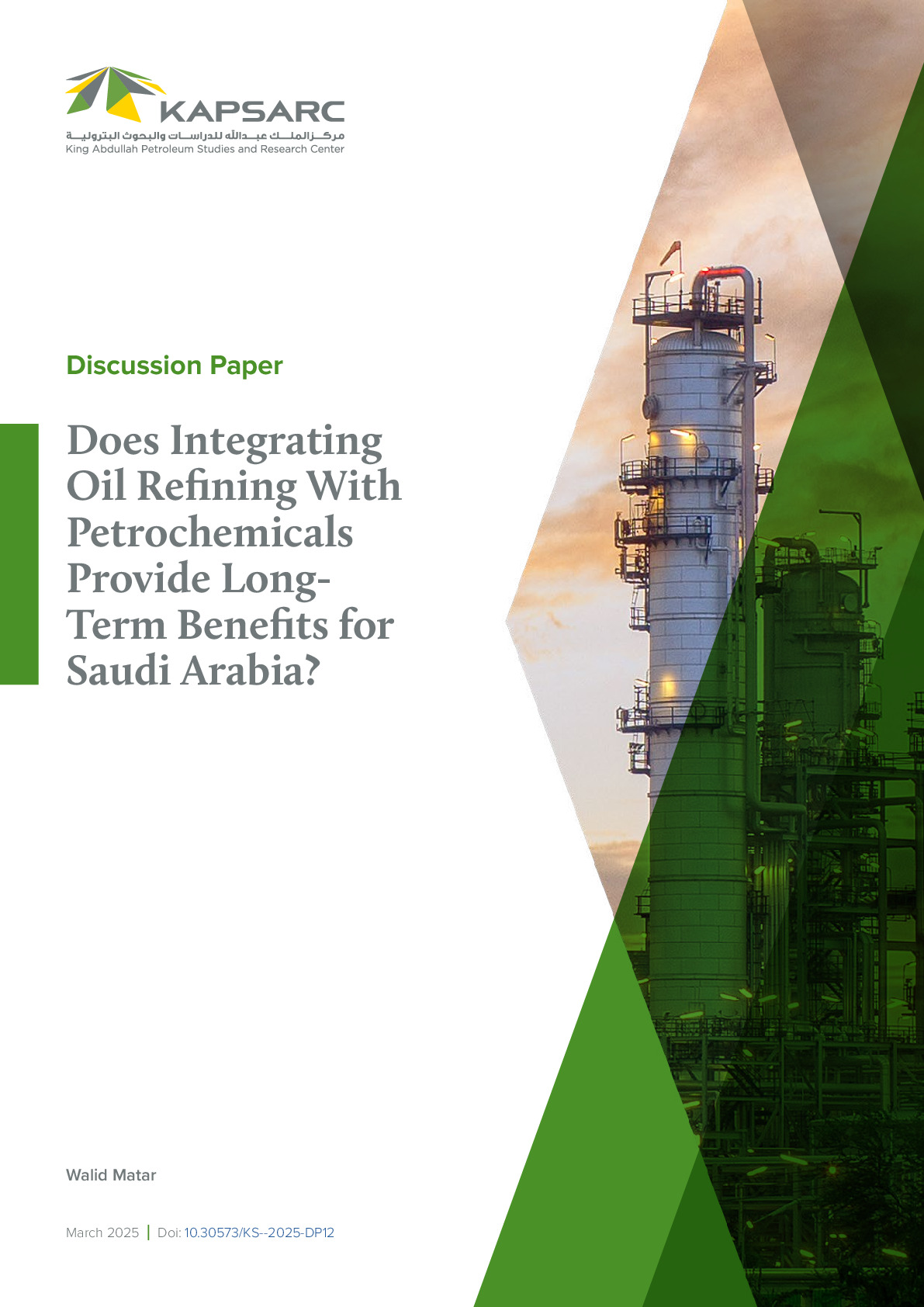
Does integrating oil refining with petrochemicals provide long-term benefits for Saudi Arabia?
Saudi Arabia has announced plans to cut greenhouse gas (GHG) emissions by 278 million tons…
25th March 2025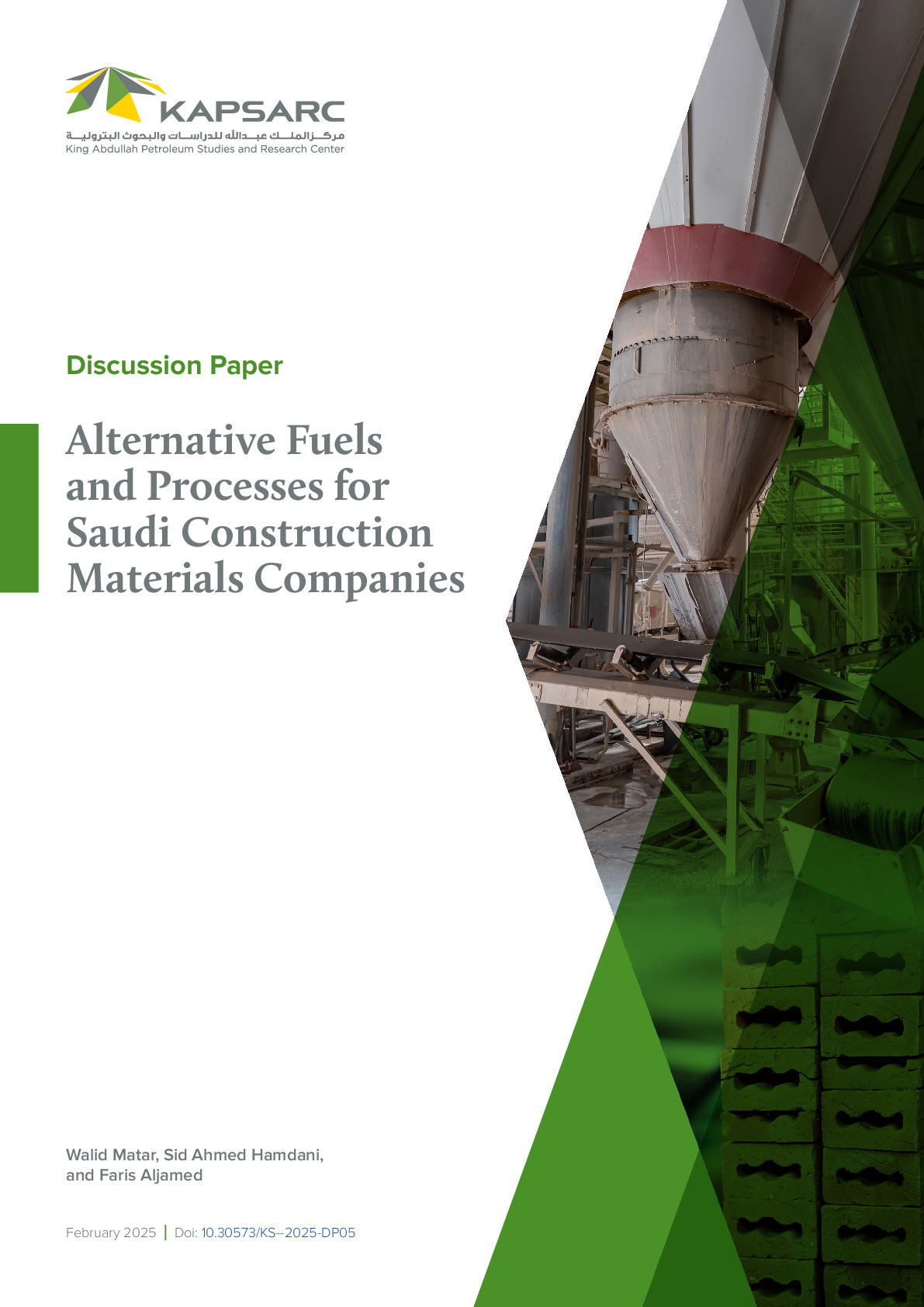
Alternative Fuels and Processes for Saudi Construction Materials Companies
Saudi Arabia has announced plans to cut greenhouse gas (GHG) emissions by 278 million tons…
11th February 2025

